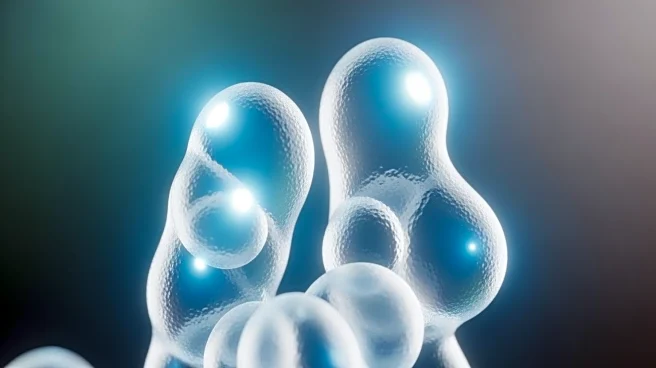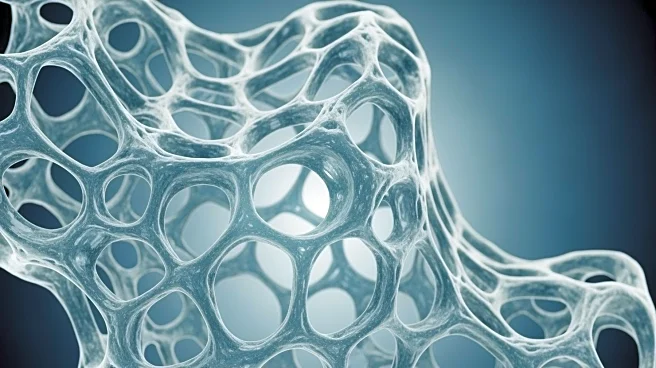What's Happening?
Researchers have utilized light sheet fluorescence microscopy (LSFM) to explore autosomal dominant polycystic kidney disease (ADPKD) in 3D. This technique allows for high-resolution imaging and tracking of therapeutic agents, making it valuable for drug
delivery and genetic therapy. The study involved generating PKD2 knockout mice and using LSFM to analyze kidney samples, providing insights into disease progression and treatment efficacy.
Why It's Important?
The application of LSFM in nephrology research offers a powerful tool for understanding the progression of ADPKD and evaluating treatment strategies. By enabling detailed visualization of kidney structures and therapeutic agents, LSFM can enhance the development of targeted therapies and improve patient outcomes. This research could lead to breakthroughs in the treatment of kidney diseases, offering hope for patients with ADPKD and other renal conditions.













